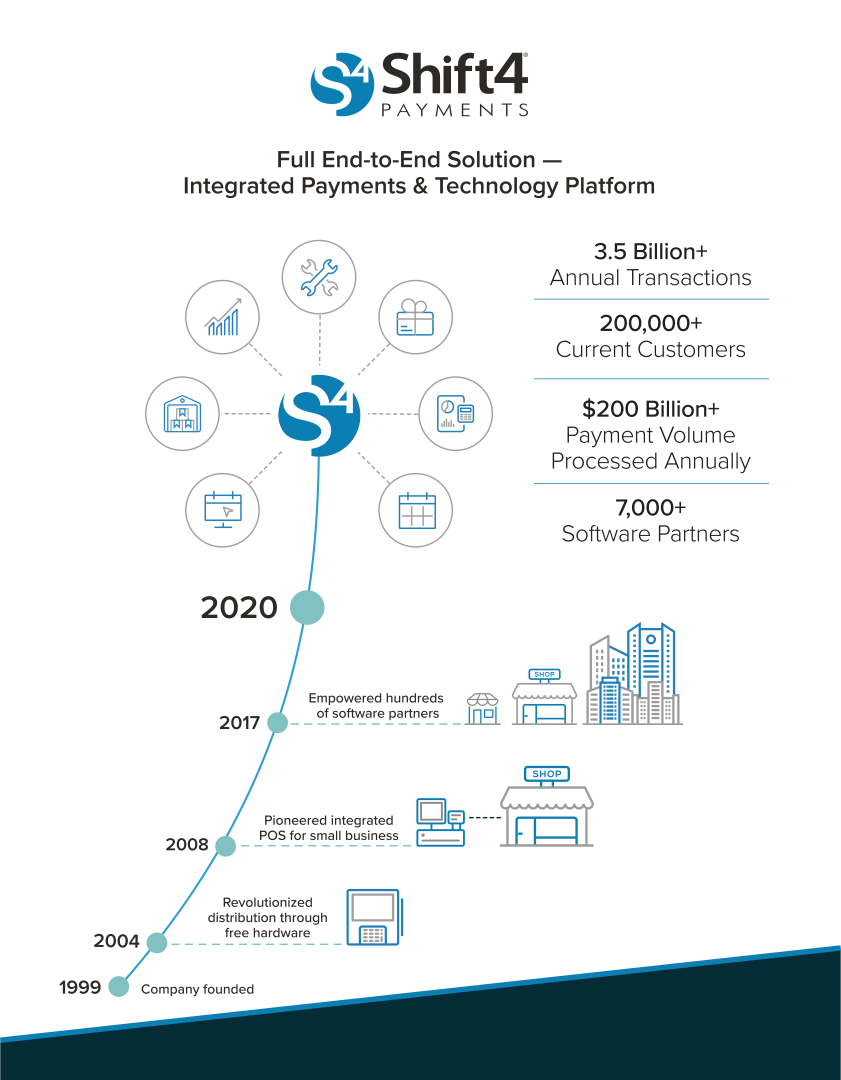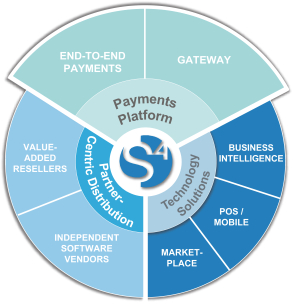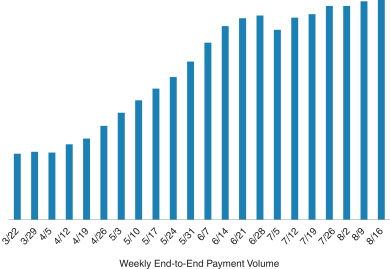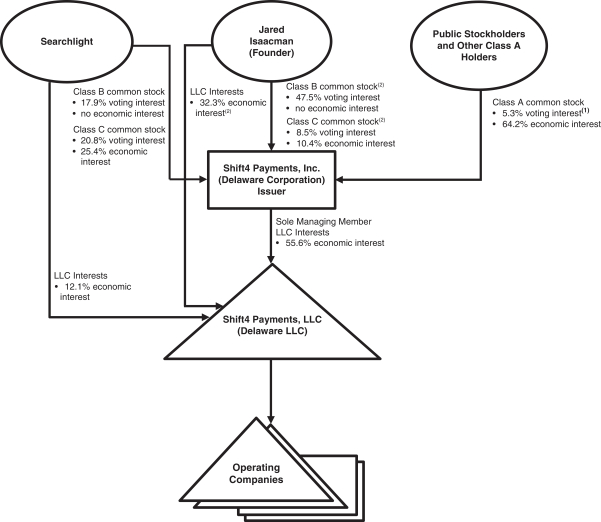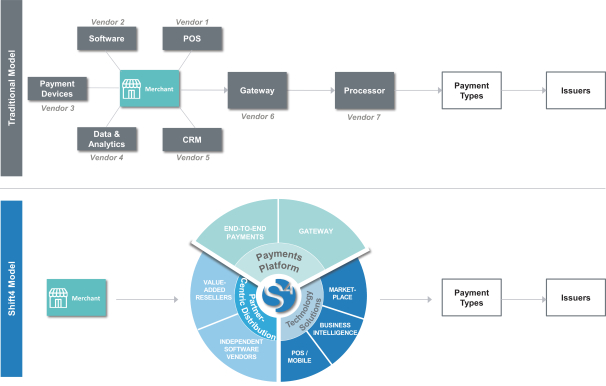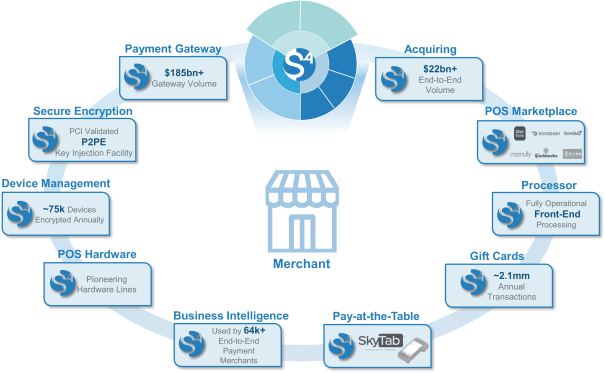Filed Pursuant to Rule 424(b)(4)
Registration No. 333-248663
10,000,000 Shares

Shift4 Payments, Inc.
Class A Common Stock
We are offering 2,000,000 shares of our Class A common stock and the selling stockholders identified in this prospectus are offering 8,000,000 shares of our Class A common stock. We will not receive any of the proceeds from the sale of shares by the selling stockholders in this offering.
Our Class A common stock is listed and traded on the New York Stock Exchange, or the NYSE, under the symbol “FOUR.” The last reported sale price of our Class A common stock on the NYSE on September 10, 2020 was $50.02 per share.
We have three classes of common stock outstanding: Class A common stock, Class B common stock and Class C common stock. Each share of our Class A common stock entitles its holder to one vote per share and each share of each of our Class B common stock and Class C common stock entitles its holder to ten votes per share on all matters presented to our stockholders generally. All shares of our Class B common stock and Class C common stock are held by Searchlight (as defined below) and our Founder (as defined below), which combined will represent approximately 94.7% of the voting power of our outstanding common stock after this offering (or approximately 94.3% if the underwriters exercise in full their option to purchase additional shares).
We are a holding company and our principal asset is a controlling equity interest in Shift4 Payments, LLC representing an aggregate 49.8% economic interest in Shift4 Payments, LLC (prior to giving effect to this offering). Of the remaining 50.2% economic interest in Shift4 Payments, LLC, 17.1% is owned by Searchlight through their ownership of LLC Interests and 33.1% is owned by our Founder through his ownership of LLC Interests, in each case, prior to giving effect to this offering.
We are the sole managing member of Shift4 Payments, LLC. We operate and control all of the business and affairs of Shift4 Payments, LLC and, through Shift4 Payments, LLC and its subsidiaries, conduct our business.
We are a “controlled company” within the meaning of the NYSE rules. See “Management—Controlled Company Exception.”
We are an “emerging growth company,” as defined in Section 2(a) of the Securities Act of 1933, as amended, and will be subject to reduced disclosure and public reporting requirements. This prospectus complies with the requirements that apply to an issuer that is an emerging growth company.
Investing in our Class A common stock involves risks. See “Risk Factors” beginning on page 24 to read about factors you should consider before buying shares of our Class A common stock.
Neither the Securities and Exchange Commission nor any other regulatory body has approved or disapproved of these securities or passed upon the accuracy or adequacy of this prospectus. Any representation to the contrary is a criminal offense.
| Per Share |
Total | |||||||
| Public offering price |
$ | 48.50 | $ | 485,000,000 | ||||
| Underwriting discounts and commissions(1) |
$ | 1.81875 | $ | 18,187,500 | ||||
| Proceeds, before expenses, to Shift4 Payments, Inc. |
$ | 46.68125 | $ | 93,362,500 | ||||
| Proceeds, before expenses, to the selling stockholders |
$ | 46.68125 | $ | 373,450,000 | ||||
| (1) | We have agreed to reimburse the underwriters for certain expenses in connection with this offering. See “Underwriting.” |
The underwriters have the option to purchase up to an additional 1,500,000 shares of Class A common stock from the selling stockholders at the public offering price less the underwriting discount within 30 days of the date of this prospectus.
The underwriters expect to deliver the shares of Class A common stock against payment in New York, New York on September 15, 2020.
| Goldman Sachs & Co. LLC | Credit Suisse | Citigroup |
| BofA Securities | Morgan Stanley | RBC Capital Market | Evercore ISI |
| Raymond James | Truist Securities | Wolfe Capital Markets and Advisory | ||
| Citizens Capital Markets | Scotiabank | TD Securities | Telsey Advisory Group | |||
Prospectus dated September 10, 2020.

